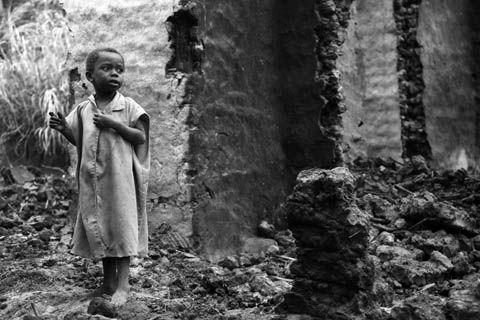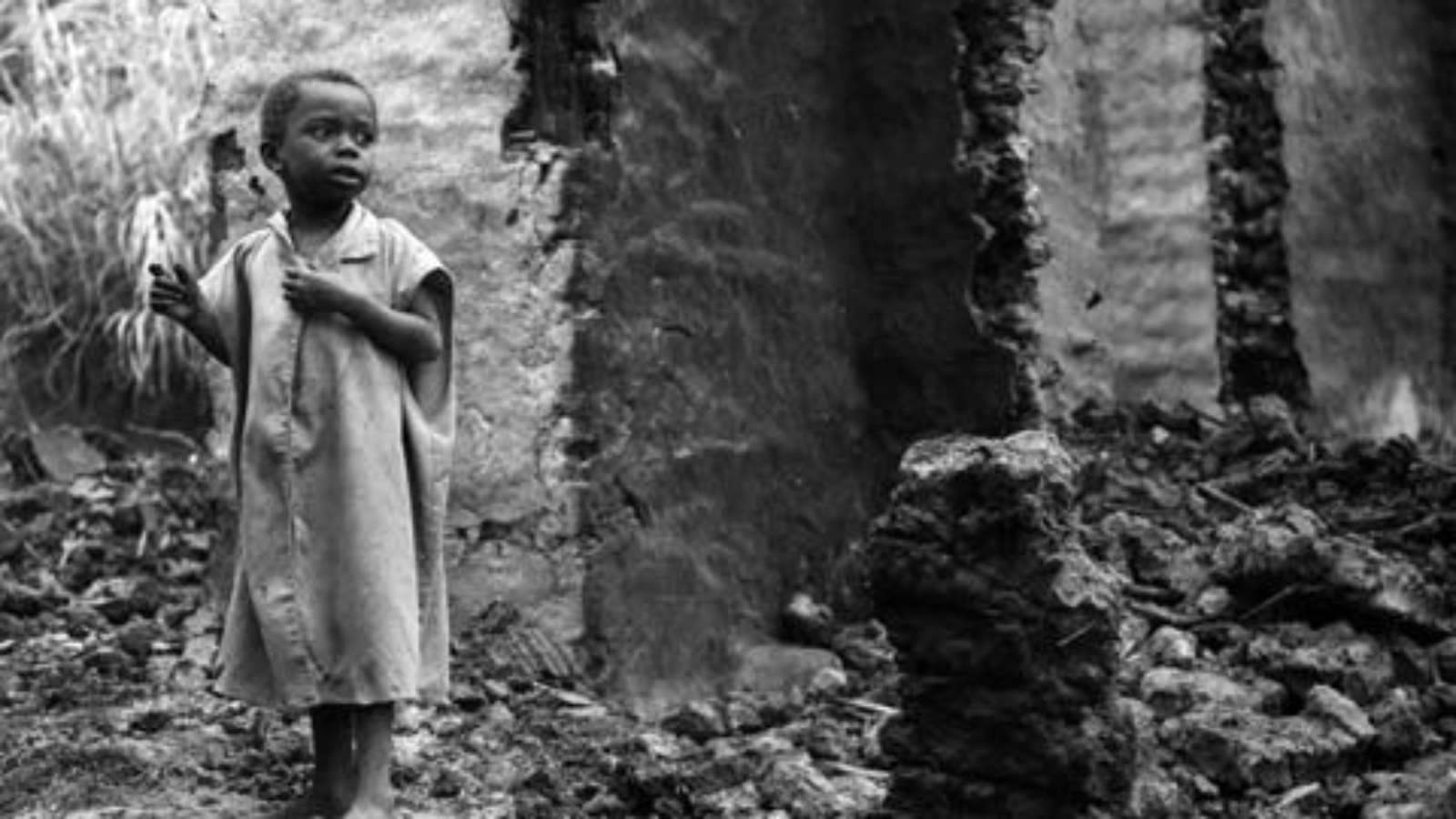
From the Winter 2011/2012 Faith issue
To read more about land issues in Africa, click here
By Megan Camm
NAIROBI—Kenya, long considered the linchpin of stability in East Africa, was torn apart by ethnic violence after botched elections in December 2007. Two months of disorder saw the deaths of over 1,000 people and the displacement of another half million or more. While the immediate cause of conflict centered on vote rigging, the grievances can be traced back to discriminatory land policies.
Throughout the early 20th century, the British colonial government expropriated large tracts of fertile farmland in the so-called “White Highlands” to dole out to European settlers. The previous inhabitants of this land were primarily Gikuyu, but also a significant number of Kalenjin and Masai were displaced. Populations were shifted to reserves and resettlement camps or moved according to the labor needs of white farmers. The spread of Mau Mau, a violent Gikuyu anti-colonial movement, provoked a brutal reaction by the British colonial government. Though fewer than 250 British soldiers and civilians were killed during the eight-year conflict, as many as 70,000 or more Gikuyu died, and many more suffered under an inhumane forced resettlement scheme. Still, the Gikuyu are seen today as principal beneficiaries of colonialism in Kenya due to their disproportionate access to education and their post-colonial political prominence.
After independence in 1963, President Kenyatta, himself a Gikuyu, failed to change the fundamental governance structure or update land policies. The land previously occupied by British farmers was bought on a willing seller, willing buyer basis by Gikuyu elites and given as patronage gifts to Kenyatta’s mostly Gikuyu supporters. Gikuyu and Kalenjin peasants were left landless. Kenyatta resettled many Gikuyu on land in the Rift Valley that had traditionally belonged to other tribes.
Kenya’s second president, Daniel arap Moi, a Kalenjin, encouraged the ethnicization of politics in order to maintain control. He settled Kalenjin on government lands in the Mau forest in order to bolster his popularity before major elections. Mwai Kibaki, a Gikuyu, made efforts to reclaim much of this land from the Kalenjin after he became president in 2002, fanning tensions between the Kalenjin and the Gikuyu.
In the 2007 elections, exit polls suggested that Raila Odinga, a Luo who headed a political coalition of the major non-Gikuyu tribes, including the Kalenjin, had won the presidency. When the electoral results were withheld, there was widespread accusation of vote rigging on the part of incumbent Kibaki. When Kibaki was announced the winner on December 30, the violence between Gikuyus and other groups living in the Rift Valley engulfed much of the western half of the country. The proximate cause of violence was electoral irregularity, but people mobilized to commit ethnic violence because access to land had become so linked to ethnicity in Kenyan politics that the tribal identity of the winner was significant.
Though the establishment of a coalition government quelled the violence, the land conflicts that prompted the ethnic killings have not been resolved. Violence could flare again with the upcoming 2012 elections. Julius Nyang’oro, a professor of African and Afro-American Studies at the University of North Carolina at Chapel Hill, says, “The only way you can become a national political leader in Kenya is through ethnic mobilization, and the land question is central to the way various ethnic groups relate to each other.”
*****
*****
Megan Camm, former managing editor of the Harvard Health Policy Review, has been researching land conflicts in eastern Congo under a grant from the Overseas Press Club Foundation.
[Photo: Megan Camm]
